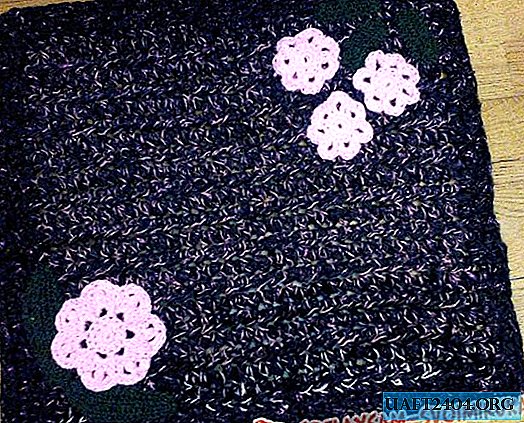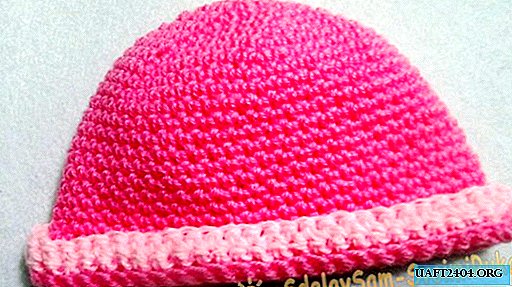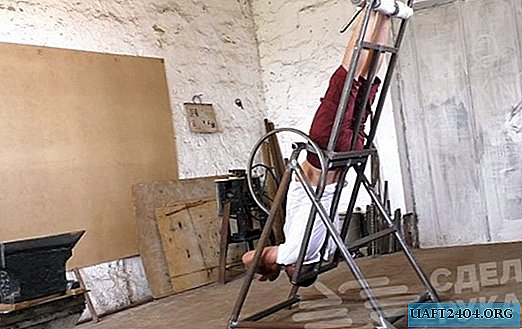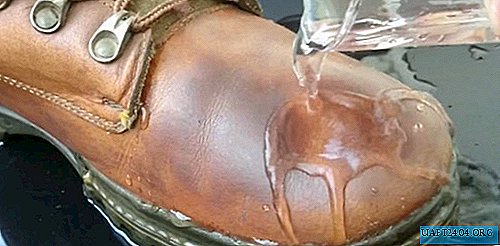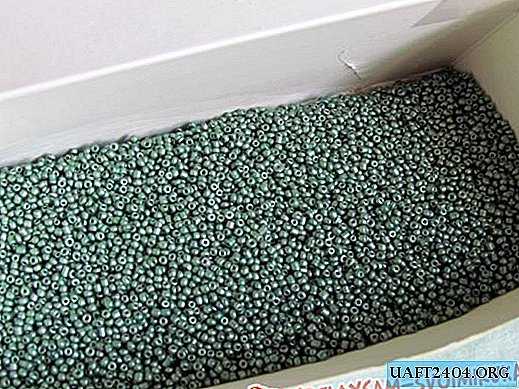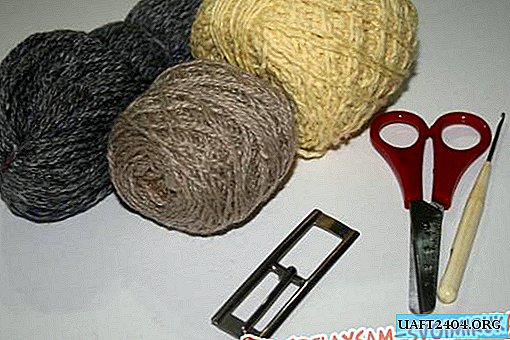Share
Pin
Tweet
Send
Share
Send
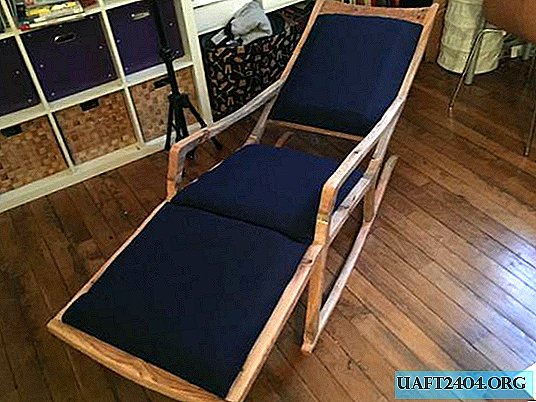
This project may scare off the apparent scale, but in the end it is not complicated. You just need to cut a couple of parts and put them together: everything is quite simple, but in the end you will find a blissful sense of work done.
Materials

The first thing you need is a tree. Different wood can be used for this project, but I recommend hardwood like oak so that the base is solid. I did the swinging chair for the first time and didn’t really want to dwell on the question of choosing a tree, so I used a pine tree, which (despite its softness) went perfectly.
For this project, two boards of 25 and 15 mm thick, 30 x 280 cm in size will suffice.
In my project, I focused on the low cost of materials.
Still need plywood, which for me was the most expensive element, because I could not find anything suitable for me.
Fabric and foam will also be needed. They can be purchased both in a specialized store and on the Internet.
Instruments

During work, I used only a drill, a jigsaw and several hand tools, like a scraper and files. If you have a band saw, then the process will go much faster. To give a certain shape to the elements of a chaise lounge, you can use different tools, but the brace and curved plow seemed to me the most convenient.
Preparation of patterns of a chaise lounge - rocking chairs

The first thing I did was go online to see what a rocking chair might look like to have an idea of what parts it consists of.
Then I moved to the table and began to draw, so that my idea would form into something with more precise forms. When this work was done, in front of me lay a sketch of some parts at a scale of 1:10, which could be used to make templates.
Then I transferred the sketches to thick paper and cut them out. Now I could transfer the outlines of the details to plywood and cut everything out with a jigsaw.
Cutting elements

After you have ready-made templates, you transfer their shape to the tree from which you are going to make the element, and cut everything with a jigsaw. A band saw is ideal for this job, but I, like many people, don’t.
When sawing along the line, it is better to make an additional clearance of a couple of millimeters, so as not to accidentally ruin the part.
You need to cut 17 elements:
- front legs - 2 pcs.
- rear legs - 2 pcs.
- foot sidewall - 2 pcs.
- dorsal sidewall - 2 pcs.
- armrests - 2 pcs.
- rocker arms - 2 pcs.
- crossbars - 3 pcs.
- headrest.
- back.
We process the elements of a deck chair
This part of the work gave me the greatest pleasure. You pick up a rasp, a bracket or any other tool and gives the elements the desired shape. It is in this part of the work that a couple of extra millimeters will help you, because they provide an opportunity to correct the mistakes made.
Body assembly


To assemble the elements together, I used dowels with glue. For me, this is the easiest way to fix wooden elements, which is at the same time quite reliable. And in this project, a sturdy construction plays an important role. As I said, the dowels are very simple to install: you just need to prepare the hole, insert the dowel into it and put on another connected element. In each connection, for greater reliability, I used two dowels.
Another type of join I used was a half-tree join. But I will not dwell on it in detail, since there is enough information on the Internet.
Pillow making

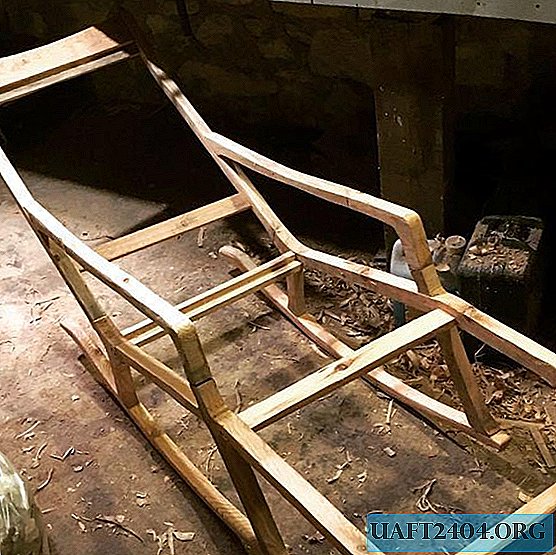
After all the details are assembled, from the sheets of plywood, you need to cut out the basis for the pillows that will rest on the basis of a deck chair.
When you are convinced that the cut plywood fits normally, you can start making soft parts. First, cut out the foam rubber to the size of the plywood. At the corners, I made bevels at an angle of 45 degrees, but you can do it your own way.
Next, cut out the fabric of the desired size, and cover it with foam. You can fix it with a furniture stapler on the back of the plywood.
Grinding



Now you need to carefully grind everything. I started with sandpaper with P80 grain and gradually reached the P500.
After grinding, I covered the tree with three layers of Danish oil and a layer of wax at the end. For me, this combination seems the most successful, but you can do this part as you like.


That's all. Your rocking chair is ready.
Thank you for reading my workshop.
Original article in English
Share
Pin
Tweet
Send
Share
Send

